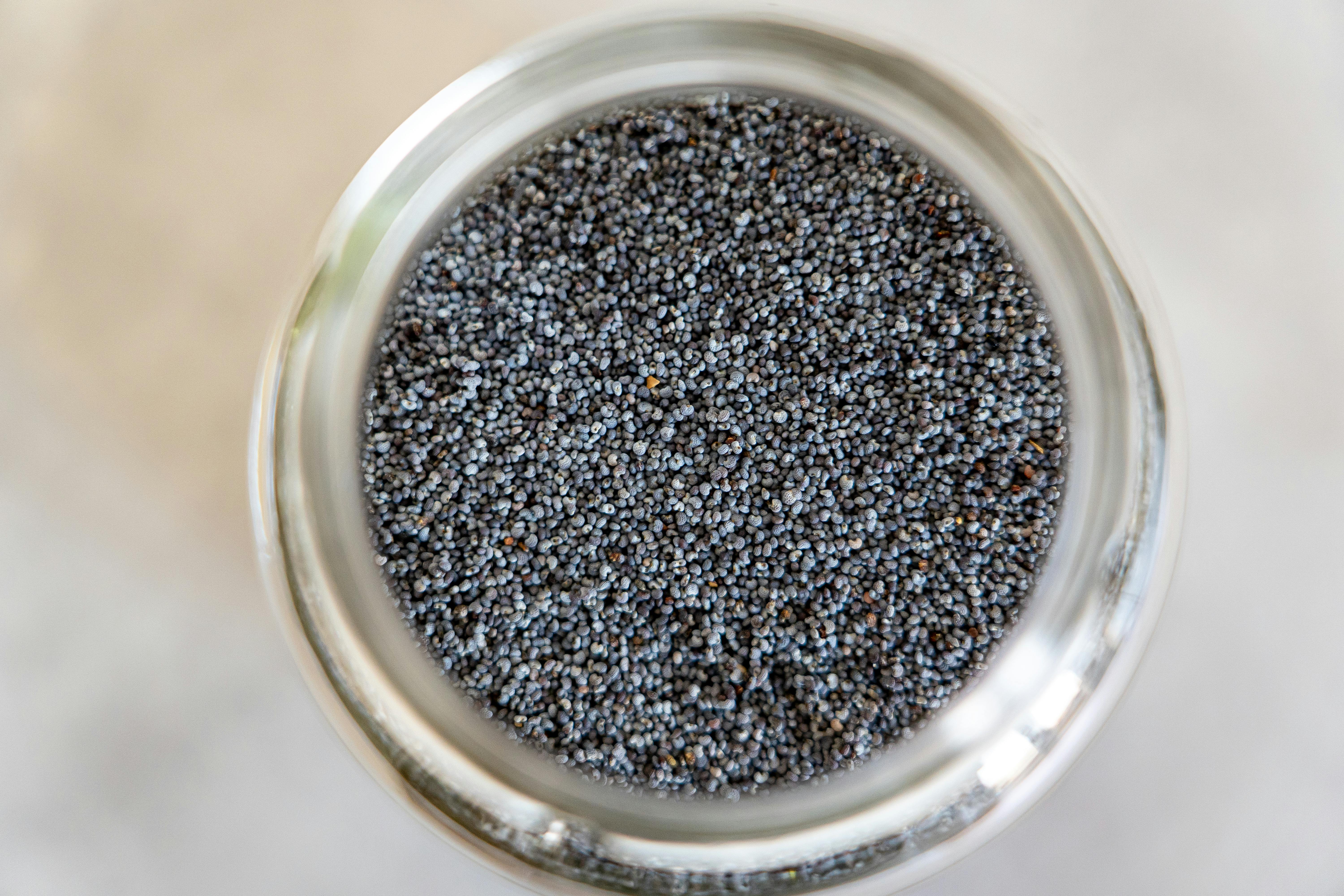
Discover the Best 5 Keto-Friendly Sweeteners to Consider in 2025
As the keto diet continues to gain popularity, many are exploring options to satisfy their sweet cravings without compromising their low-carb lifestyle. Sweeteners play an essential role in this balance, offering alternatives to traditional sugar that help keep insulin levels stable and support ketosis. With 2025 on the horizon, let's dive into the best five keto-friendly sweeteners that are poised to dominate the market.
From sucralose to natural substitutes, this article will explore the benefits, usage, and safety of these sweeteners, providing insights into how they can fit into your keto meal plan. Additionally, we'll touch on popular choices for sugar substitutes and how they stack up against one another, enabling you to make informed decisions about your sweetener choices.
As a health-conscious individual on a keto journey, understanding the ins and outs of sweeteners can greatly impact your overall success. Let’s embark on a comprehensive overview of the best options available in the realm of keto-friendly markets in 2025.
Essential Overview of Sucralose Benefits
Sucralose is one of the most widely used artificial sweeteners, known for its versatility and safety profile, making it a staple for those on a keto diet. Its sweetness is derived from sugar, with a unique twist—it’s synthesized to be calorie-free, providing an excellent alternative to traditional sugars.
This sweetener stands out due to its low glycemic index, which means it has minimal impact on blood sugar levels, making it an excellent choice for individuals managing diabetes or seeking to maintain a weight loss strategy.
Understanding How Sucralose is Made
The process of sucralose production begins with sugar (sucrose), which is modified under a complex set of chemical reactions. By selectively chlorinating the sugar molecules, manufacturers create a compound that is approximately 600 times sweeter than sugar yet carries no calories. This unique formulation is key to its popularity in low-carb diets.
Cooking with Sucralose: Practical Uses
When it comes to baking, sucralose is known for its heat stability, making it a viable option for various culinary applications. You can easily incorporate sucralose into your favorite recipes for low-carb desserts or keto-friendly beverages. However, it's essential to adjust quantities, as exceeding recommended amounts may alter flavor and texture.
Sucralose Safety and Health Effects
Many studies have examined the health implications of sucralose consumption, consistently finding it safe for most individuals when used within recommended limits. However, as with any sweetener, excessive use could lead to digestive issues for some people. Moderation is crucial for maintaining gut health while enjoying its sweetening capabilities.
Sucralose vs Sugar: A Taste Comparison
When comparing sucralose to sugar, the flavor profile must be considered. Though it provides a sweet taste similar to sugar, some users report an aftertaste. Understanding this difference can help you tailor your sweetening experience to your preferences and dietary needs.
Integrating Sucralose into a Ketogenic Lifestyle
By implementing sucralose into your keto meal plan, it can assist in controlling sugar cravings while providing a guilt-free indulgence in sweet treats. It can enhance the taste of keto desserts, smoothies, and shakes without disrupting your macros or impacting ketosis.
Top Natural Sweeteners to Consider
In addition to sucralose, there are natural sweeteners that have found favor among those embracing a low-carb lifestyle. Understanding these alternatives allows individuals to choose options that align with their dietary preferences and health goals.
Stevia: A Plant-Based Option
Stevia is derived from the leaves of the Stevia rebaudiana plant and is well-known for having a negligible effect on blood sugar levels. This makes it another great option for those looking to steer clear of sugar. Stevia is often found in liquid drops or powdered forms, catering to various sweetening needs in recipes while retaining a natural image.
Monk Fruit: The Sweet Melon
Monk fruit extract is another popular natural sweetener that has gained traction due to its zero-calorie count and low glycemic index. Derived from monk fruit, this sweetener provides a sweet taste without carbohydrates, making it an excellent choice for those adhering to a strict keto lifestyle.
Erythritol: Sugar Alcohol Superiority
Erythritol is classified as a sugar alcohol and is often praised for its lower caloric value compared to other sweeteners. It contains about 0.24 calories per gram, making it a go-to for those on a health-conscious journey. Furthermore, its impact on blood sugar is minimal, aligning perfectly with a low carb diet.
Xylitol: Caution Required
Xylitol, also a sugar alcohol, is widely used in sugar-free gums and candies. While it has a nice sweetness and low calorie count, care should be taken as it can cause digestive discomfort if consumed in higher amounts. Moreover, xylitol is toxic to dogs, making it a risky choice for pet owners.
Optimal Sweetener for Baking
Determining which sweetener to utilize for baking can often depend on the recipe. While sucralose is versatile, some may prefer erythritol or a blend of sweeteners for a more balanced outcome that mimics the texture and taste of sugar. Experimenting with various sweeteners can unlock new flavor profiles in traditional recipes.

Exploring Sugar Substitutes for Baking
When venturing into the world of keto-friendly baking, an array of sweetener alternatives can reshape traditional recipes, rendering them low carb and delicious. Understanding the common mistakes and best practices can enhance your baking experience.
Common Mistakes in Sweetener Usage
One common error many home bakers make is assuming they can directly substitute sugar with any sweetener on a 1:1 basis. Each sweetener has unique properties, requiring adjustments in ratios or additional ingredients to achieve desired textures and flavors.
Creating Successful Low Carb Desserts
For successful low carb desserts, balancing dry and wet ingredients is essential, particularly when using powdered sweeteners. Ensuring proper measurements can help maintain the integrity of your recipes, ensuring a pleasant end result that satisfies your sweet cravings.
Sweetener Comparison: What Works Best?
Conducting taste tests with various sweeteners can provide valuable insight into flavor preferences. You can explore which sweetener not only complements your recipes but also how they impact the overall outcome in terms of taste and texture, especially when pursuing a low carb lifestyle.
Adapting to Different Dietary Needs
Different individuals may respond uniquely to certain sweeteners based on dietary restrictions and personal health goals. Understanding the effects of various options will empower you to make educated choices tailored to your needs and preferences without compromising health.
Planning Your Sweetener Strategy
Planning ahead with sweetener choices can align well with meal prepping and snack planning. By incorporating a variety of sweeteners into your diet, you can keep meals exciting while adhering to dietary goals and enhancing flavors.

Conclusion: Making the Right Sweetener Choices
As we look to 2025, sweetener options continue to expand, from sucralose to natural alternatives like stevia and monk fruit. Each sweetener possesses unique benefits, and understanding their roles within a keto-friendly lifestyle is crucial for making informed choices.
By exploring various sweeteners and their applications, you can effectively navigate your cravings, maintain ketosis, and enjoy delicious low carb meals. Stay mindful of the individual health effects of each sweetener, and ensure you choose options that best align with your dietary and health goals. Remember, the key to success on your keto journey includes balancing enjoyment with nutritional choices.